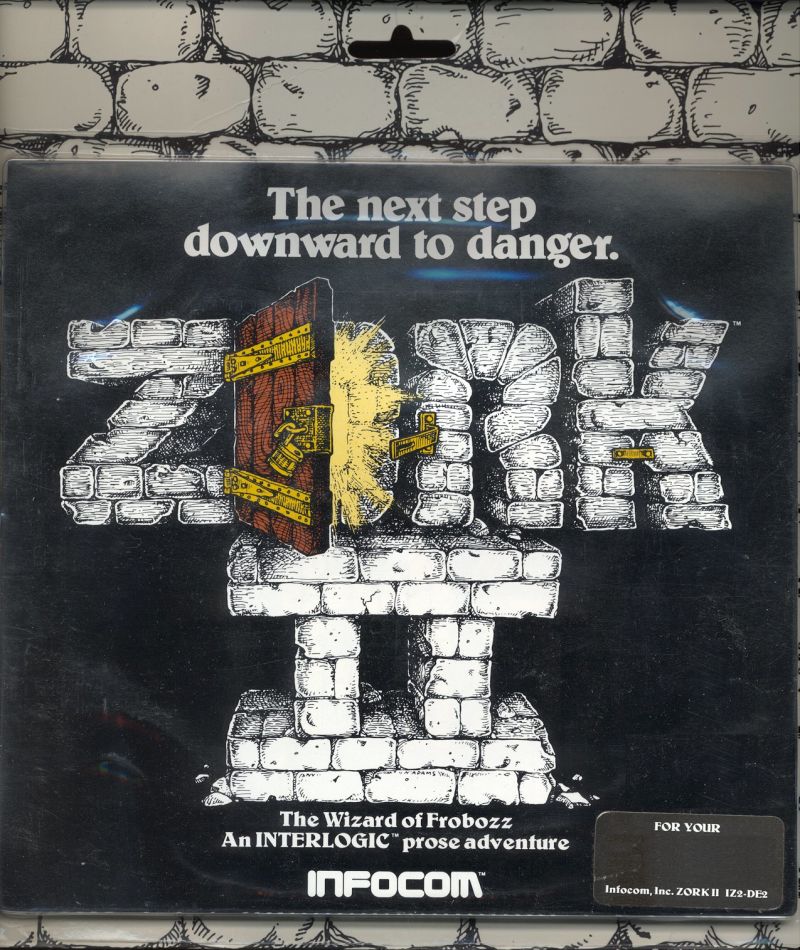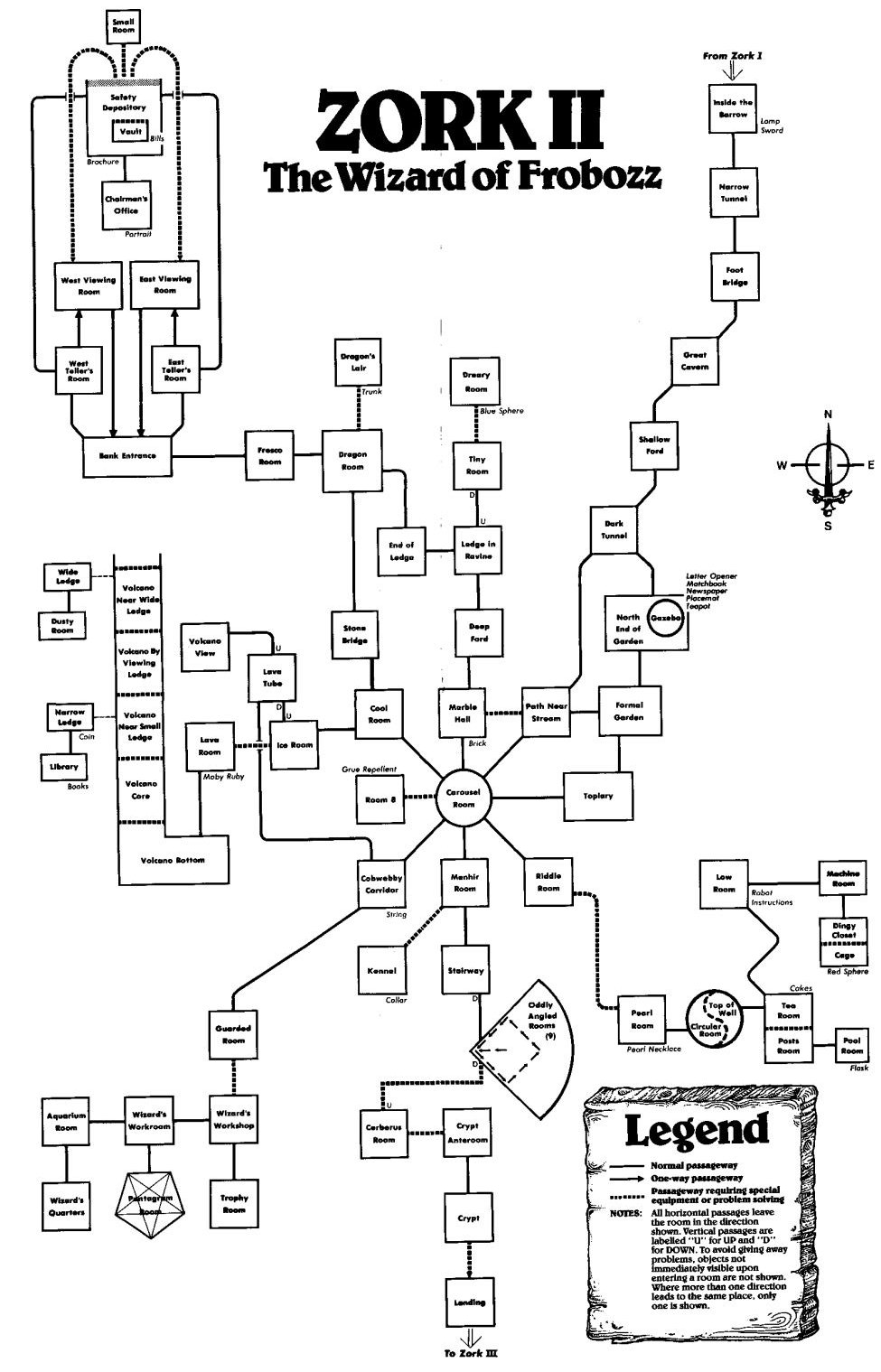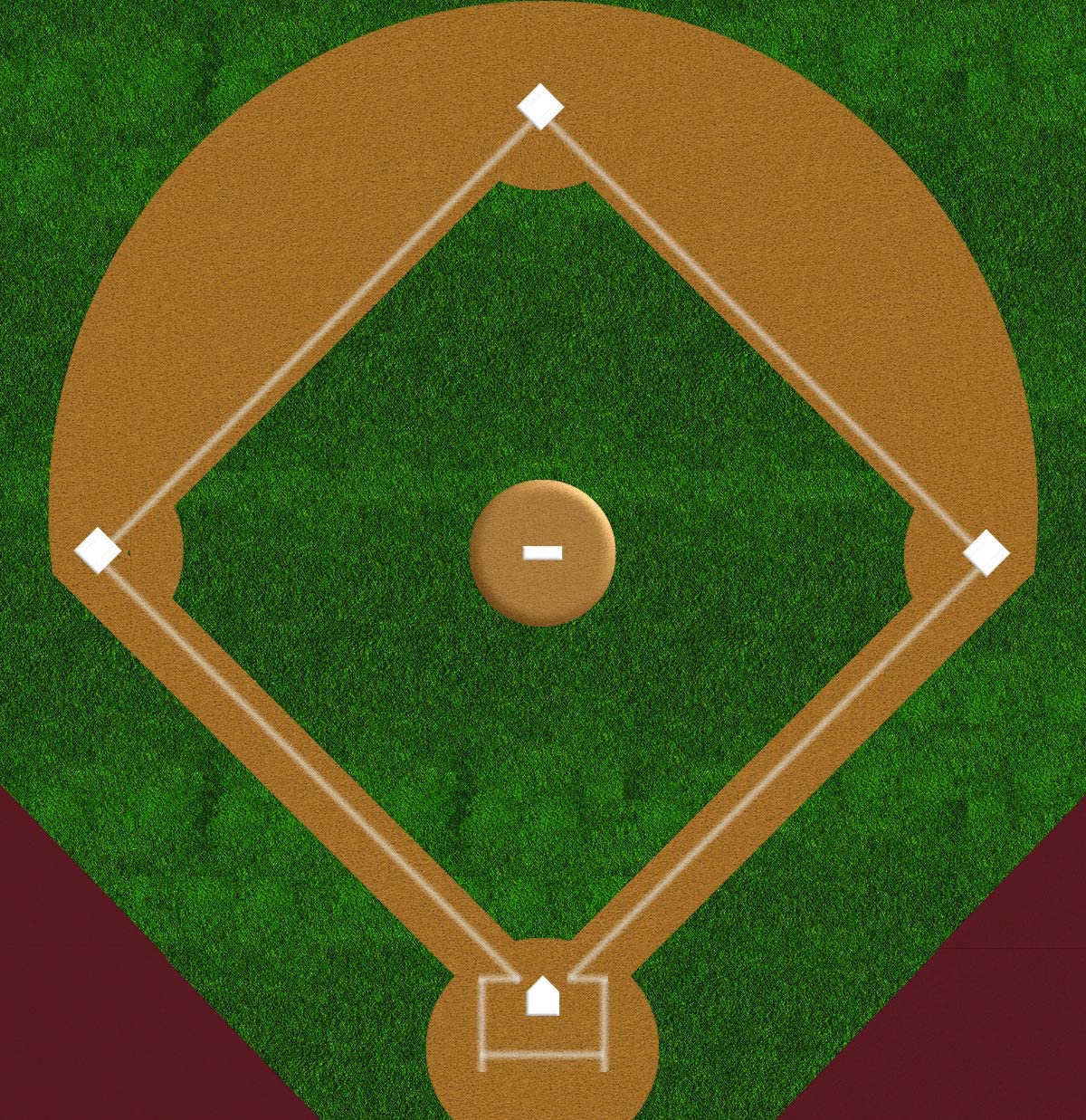[This review appeared in issue #45 of SPAG. The issue was published on July 17, 2006.]
In an era of bite-sized IF, Finding Martin is a 12-course meal. Actually, it’s more like one of those progressive dinners, where you go from one house to the next, a different course at each house, for a total of 12 courses in the evening. Except it’s more like going to one of those every night for two weeks.
Seriously, this game is HUGE. This is the kind of game where you might find an item with ten different modes, many of which can be used to adjust the item to one of its 720 different settings (and some of which do other things entirely), settings which are split into twelve different themed sections, many of which give hints, some of which give red herrings, and some of which perform game functions. I am not exaggerating. And that’s just one item out of dozens and dozens you’ll find in this game way way way before you get anywhere near finding Martin himself.
If you love yourself a big, juicy puzzlefest, Finding Martin is cause for celebration. It’s several times larger and more complex than anything Infocom ever attempted, and it’s generally quite well-implemented. I encountered a number of glitches in my journey through the game, but they were all minor — typos, missing synonyms, and underimplemented parsing mostly. There are a few logic errors here and there, but nothing game-crashing, and in fact very little that even caused me any trouble with a puzzle. Moreover, these problem areas are a very small percentage of the game itself, and this is a game that implements some highly complex behavior. A few errors here and there are quite forgivable in a game this ambitious in scope.
As for the puzzles themselves, the news is again mostly good. Most of the challenges are logical, and some are quite clever indeed. In particular, there’s a puzzle (or maybe it would be more accurate to call it a suite of puzzles) toward the end of the game that is astoundingly intricate and deeply satisfying, the kind of a puzzle that would make up the entirety of another game.
It’s a time-travel scenario that takes the groundwork laid by Sorcerer and expands it by an order of magnitude, asking you to consider the relations between a number of different time-slices as well as to coordinate the actions of multiple past selves with the actions of your current self in order to bypass certain barriers. However, well before you reach that puzzle you’ll have made your way through a large number of obstacles that should scratch any inveterate puzzler’s itch.
Not only that, the puzzles frequently build on each other, and most of the goals require several components to achieve. Finding Martin‘s world can feel astonishingly layered and convoluted. I frequently found that the discovery of a new item or command would add new dimensions to the pieces of the game I’d already uncovered, and that their interactions would open up new avenues for exploration.
Of course, the flip side to this is that such a discovery would often compel me to explore the game’s giant world yet again, trying the new key to see if it would unlock any heretofore unseen doors. At time, the gameworld feels like an obsessive-compulsive’s paradise, but at least most of the interactions seem logical once they’ve been found.
Unfortunately, not all the puzzles manage to meet the same high standards. There are a number of read-the-author’s-mind stumpers spread throughout the game. Some of these just require induction stretched absurdly far, but for several others I still have no idea how I was supposed to come up with the solution.
There’s another category, too: puzzles whose solution required some kind of cultural referent which I lacked, a la Zork II‘s baseball puzzle. Finding Martin‘s pedigree consists mostly of geek lore like Monty Python and Douglas Adams, and that stuff I’ve got covered, but a couple of puzzles require knowledge of Asian customs that I only learned from the walkthrough.
On the flip side of read-the-author’s-mind are “puzzles” whose solution is entirely arbitrary but so heavily clued that the game pretty much just tells you what it is. Imagine a dark room with a description along these lines: “It’s impossible to see anything in this room — this must be what a cinnamon roll feels like when it’s in the oven!” And lo and behold, you just happen to find a cinnamon roll later in the game, so when you bring it into the dark room and eat it, the cinnamon-oriented olfactory sensors in the walls detect it and turn on the lights, just as they’ve been programmed to do by the house’s exceedingly eccentric and patient owner. That example isn’t from the game, but there are several puzzles in there that are cut from the same cloth.
The substandard puzzles are a minority, and they certainly aren’t enough to ruin the game, but my advice is: don’t be afraid to bust out the walkthrough. Yes, sometimes you may find that a perfectly logical solution was staring you in the face, but other times you’ll be relieved to just take the rather farfetched solution and move on with your life. Happily, the author is kind enough to provide a walkthrough on her web page that is broken up into 5-point clusters so as not to give away too much at once.
However, if I may offer one more piece of advice: download the full walkthrough from that page and tuck it away somewhere on your hard drive. Otherwise, you may find yourself, as I did, stuck two-thirds of the way through the game and panicking because the author’s site has gone down. Luckily for me, the page came back up the next day and I found some cached bits on Yahoo in the meantime, but I could have saved a good deal of time and stress if I’d just had the full walkthrough to fall back on.
Finally, take heed of the author’s advice in the intro text: save your game a LOT. There were quite a number of times I found myself returning to an earlier savegame because I was trapped without a necessary item, or I wanted to undo something I’d done a bit improperly a few hundred moves earlier. Actually, that brings me to one of my chief gripes about Finding Martin: it sets a few arbitrary limits, ostensibly in the name of realism but functionally just to irritate the player. Chief among these is an inventory limit. Let’s face it: this is not a game that holds realism particularly dear. Many of its puzzles consist of caprice and whimsy, and its entire plot is metaphysical to say the least. However, for some reason it decided that the player should only be able to carry a limited number of objects, and it failed to provide any kind of bottomless sack-type object to circumvent this limit.
Not only that, there’s a puzzle component that steals items when they’re dropped on the ground. Even more confoundingly, commands like PUT ALL ON TABLE are met with the response, “One thing at a time, please.” And of course, there are many many journeys to pocket worlds whose obstacles require that the player has brought a particular item. Frequent were the times I cursed at this game for the way it forced me into numbingly dull inventory management tasks when I wanted to be having fun instead. Also, there are several instances of the game being pointlessly obtuse, along these lines:
>READ BIG BOOK
First you'd need to open it.
Come on. This is 2006 — we know by now that READ implies OPEN. Such obstructionist world-modeling benefits nobody.
I’m not sure if responses like this one and the response to PUT ALL are TADS default behavior. I do know that I sometimes wished this game had been written in Inform, so that I could get certain pieces of the Inform default functionality. Besides the lack of a sack_object, I was jonesing hard for an OBJECTS verb that would let me see all the items in the game I’d found up to that point. Similarly, a FULLSCORE command that told me all the puzzles I’d solved so far would have been most welcome, especially given how many times I had to restore back to an earlier saved game. Finally, having just played Bronze, I really missed conveniences like GO TO that allow me to traverse the game world without rattling off memorized directions to the parser.
Okay, I’ve been complaining for a while, which makes it sound like I didn’t enjoy the game. That’s not true — overall I had plenty of fun. It’s just a similar feeling to what I had when playing Once And Future, another enormous old-school puzzlefest. Like OAF, Finding Martin provides lots of opportunities to feel that satisfying click as logical components snap together, but forces a little too much tedium on the player after that click has happened.
It’s the figuring-out that’s the fun part of a puzzle, not the follow-through of putting twenty pieces in just the right place once you know where they’re supposed to go. Several of this game’s puzzles would have been much more fun if they’d provided some way of automating that follow-through once the player has demonstrated understanding of the basic concept.
Enough about the puzzles anyway. What about the story? Well, actually, the story is pretty much MIA for the first third or so of the game. We begin with a reasonably compelling premise: your brilliant but peculiar friend Martin has disappeared, and his family has asked you to explore his house in hopes of finding him. Why you and not, say, the police? Well, it seems that you may just be close enough to Martin’s highly bizarre mindset to understand how to find him when the police wouldn’t even be able to get in the door. Strong echoes of Hollywood Hijinx abound as you poke through rooms laden with fascinating devices and hidden exits, but there’s not much more story to be had for a while.
Finally, the game begins doling out plot in awkward lumps, but about two-thirds of the way through, these lumps smooth out and the story begins to tie together as more and more interconnections between Martin’s family and friends, as well as his past, present, and future, reveal themselves. By the time I was rolling toward the endgame, I had felt genuinely moved several times. In fact, a couple of times Finding Martin hits a real IF sweet spot, where the solution to a puzzle not only advances the story but carries strong emotional content about the PC’s role in the other characters’ lives. I recall one moment in particular that gave me goosebumps, as I figured out how something I had done in a past time-travel scenario had affected the future, and how someone in that past had sent a message forward in time to me.
Remember how I mentioned the game’s geeky pedigree? There are a number of references woven throughout the story that are pulled straight from the geek handbook: Star Trek meets Hitchhiker’s meets Tolkien. Some of these made me smile, and some made me squirm. At times I felt like saying, “Yes, yes, I get it. You like Monty Python.” Also, the writing around these references can sometimes feel a bit flat and ingratiating, as when the PC encounters a used paperback:
>x novel
It's a book by Douglas Adams, entitled "So Long and Thanks for All the Fish". Apparently this is the fourth book in the "Hitchhiker's Guide to the Galaxy" trilogy. It occurs to you that publishing the fourth book of a trilogy must be the toungue-in-cheek behavior of someone with a fantastic imagination and an audacious taste for the bizarre.
Ho ho ho. Nothing like belaboring that “fourth book in the trilogy” joke. I get it — you like Douglas Adams. Also, “tongue”.
Aside from that, though, the writing worked well. Most of the time it was transparent, but there were some clever twists and turns throughout, as well as a few good jokes. Having finished this game at last, and finally found Martin, I have to express my admiration. It must have been an unbelievable amount of work to put together a game of this size and scope, and for the most part it’s done really well. If you’re hungry for puzzles, Finding Martin should keep you fed for several weeks. Even if you’re not a puzzler, grab a walkthrough and explore this game — there are pleasures here for many tastes.



